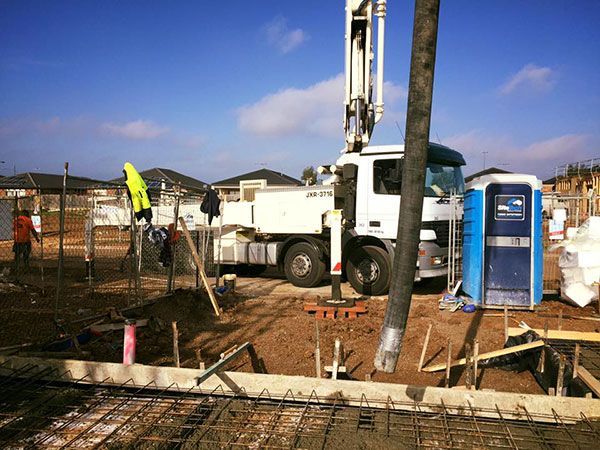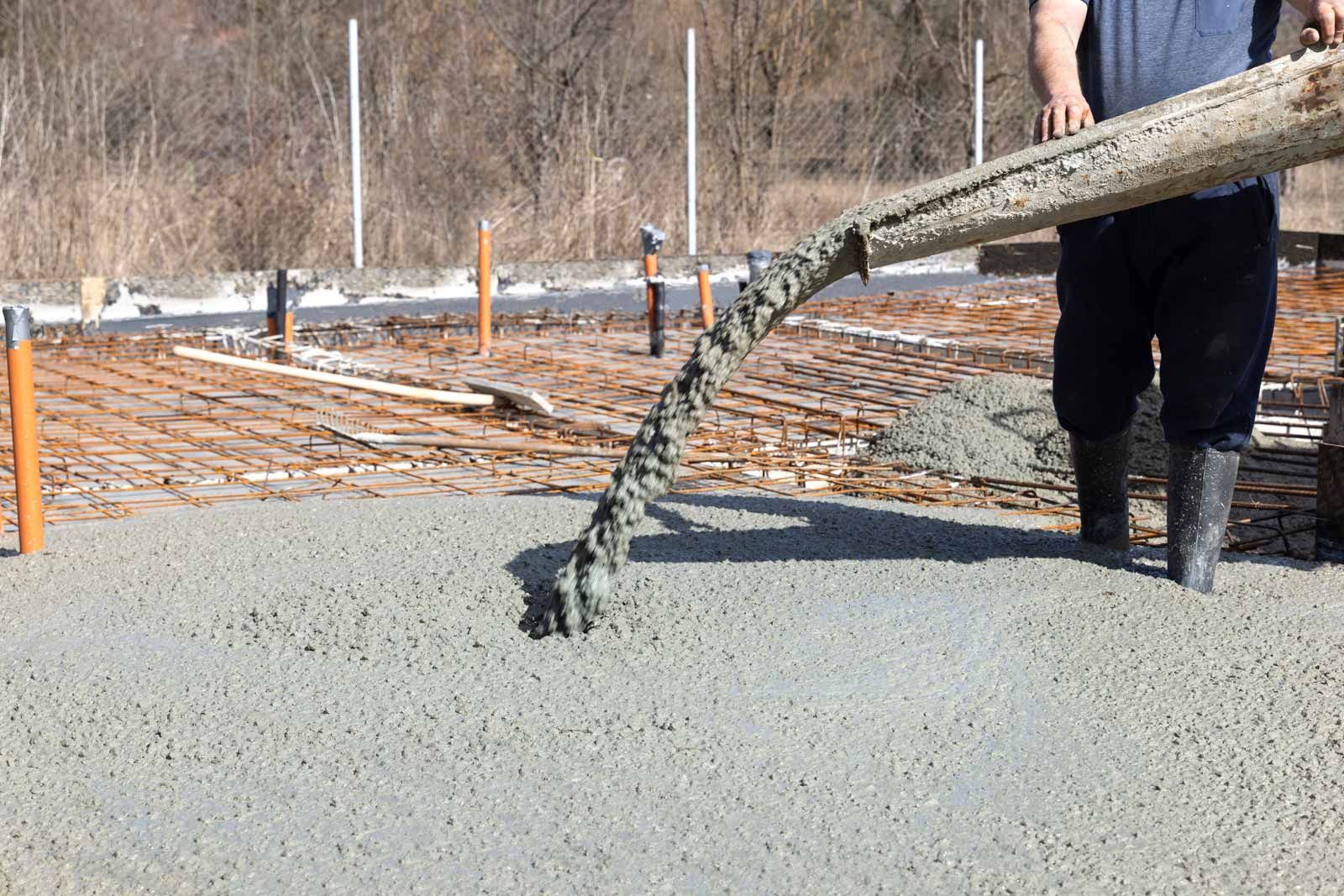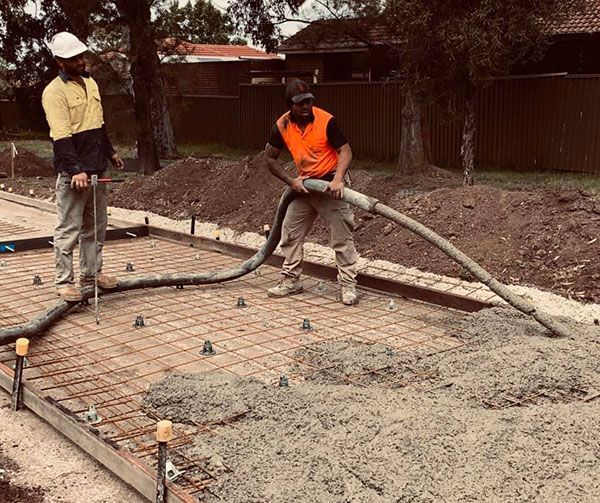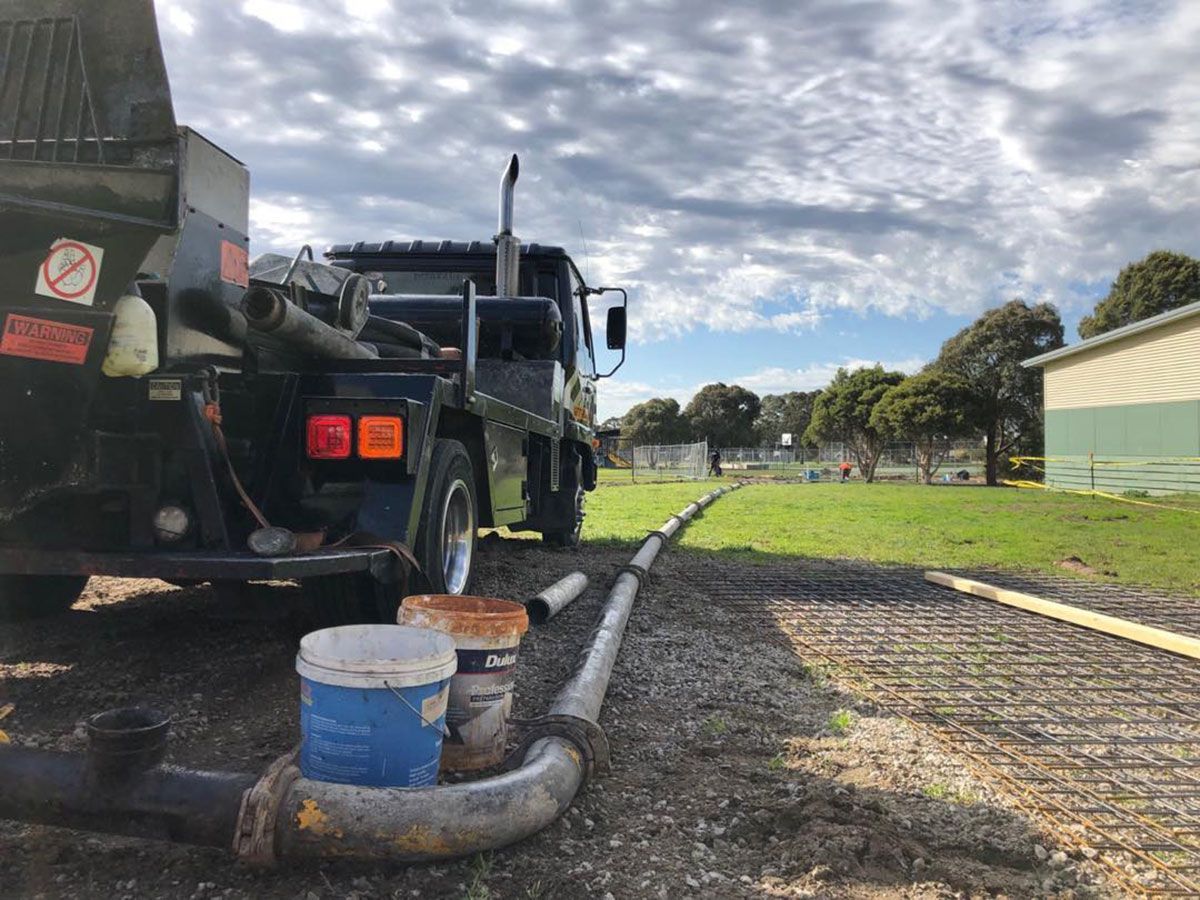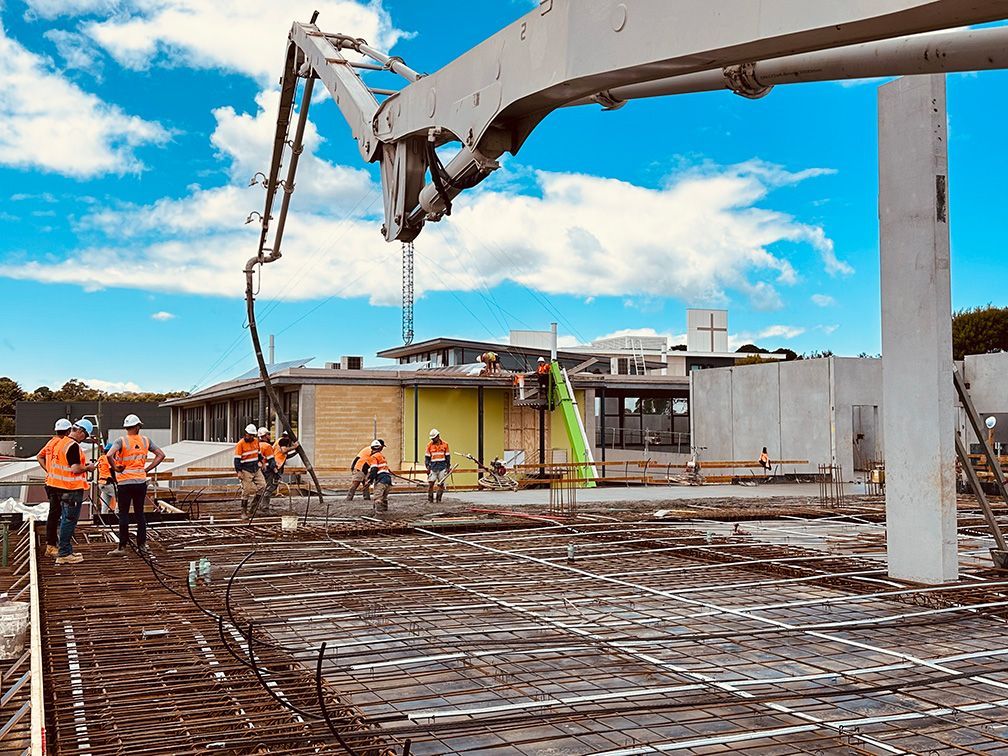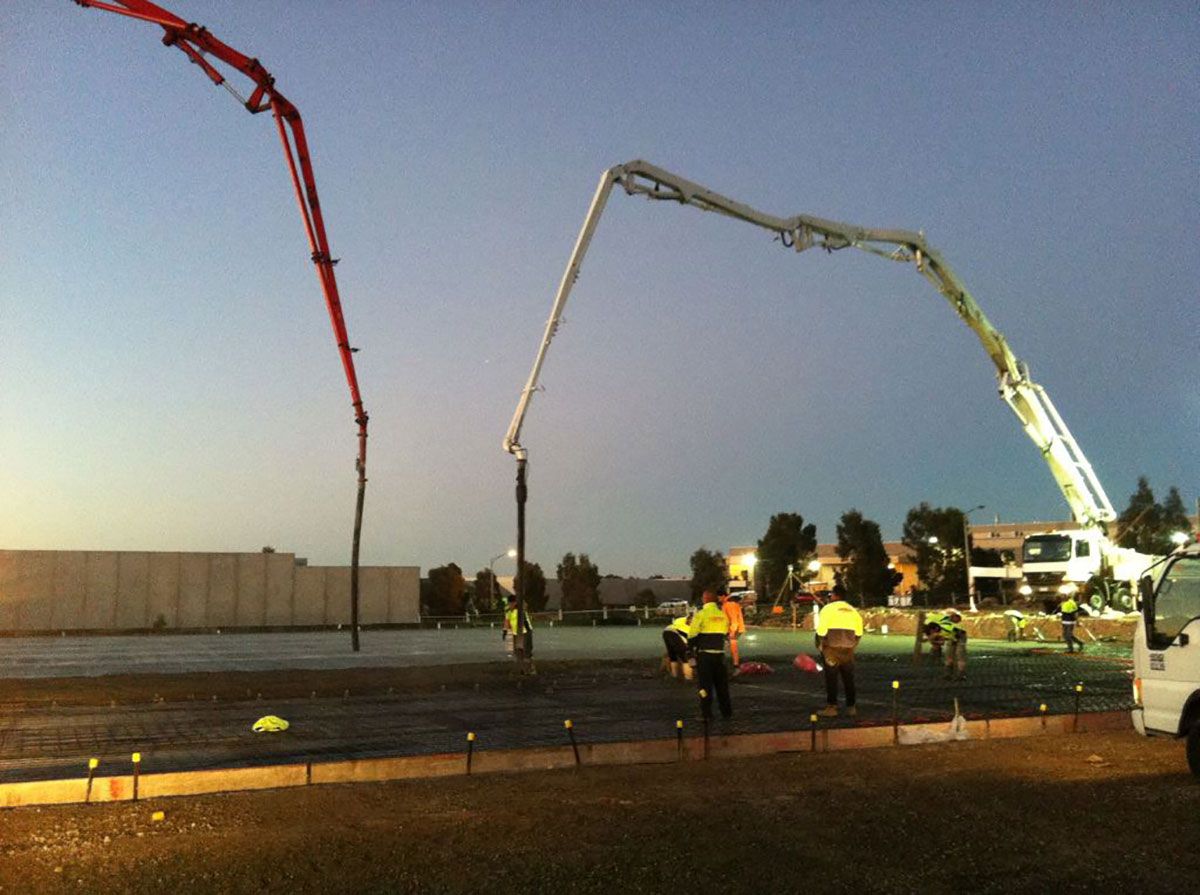What is the right block fill concrete mix ratio?
When it comes to filling concrete block walls, getting the block fill concrete mix ratio right is critical. A poorly mixed batch can lead to voids, cracks, pump blockages, and failed inspections, especially on structural elements like retaining walls. Whether you’re working on core-filled walls with steel reinforcing rods or architecturally shaped block moulds, the mix needs to be strong, highly flowable, and placed accurately. In this guide, we cover what engineers and builders expect, how to adjust the mix depending on the wall design, and how to keep your site compliant and efficient.
What engineers and builders expect from a core fill mix?
For structural walls — especially those involving retaining walls or supporting loads — engineers typically specify a mix that balances strength with pumpability. Builders expect that once placed, the mix will spread evenly into every cavity, fully filling the wall without voids. That means it needs to be a highly flowable mix, with a slump around 160–200mm, and a minimum strength of 20–25 MPa.
It also needs to move easily past steel reinforcing rods without separating or clogging. The mix must compact under its own weight and flow through inspection holes without needing manual compaction
The standard block fill concrete mix ratio (and when to adjust it)
The typical block fill concrete mix ratio is approximately 1:2:4 (cement : sand : aggregate), though most commercial projects will instead specify a 20 MPa concrete with a high slump. Builders often order pre-mixed bags or ready-mix batches designed for core fill, eliminating the need to guess ratios on site. However, this ratio can change depending on the wall type — e.g. double-core concrete blocks, block shapes, or increased structural loads may require stronger mixes. In some cases, an engineer may even recommend additives to reduce water or improve flow. When in doubt, refer to engineered details and check with your supplier.
Why slump and flowability matter for pumped block fill
Unlike slabs or footings, block fill needs to move freely through narrow wall cavities without binding or segregating. If the mix is too dry, it may form bridges or cracks, leaving unfilled pockets behind steel rods. If it’s too wet, it can weaken and bleed. That’s why a controlled slump, typically between 160mm and 200mm, is critical. It allows the concrete to flow into corners and compact under its own weight without assistance.
A highly flowable mix also helps avoid pump blockages when filling walls via boom or line pump.
Site and structural factors that can affect your mix design
Not every wall is built the same, so your mix may need to be adjusted based on a few site-specific factors:
- Wall height: Taller walls often require greater slump and may need stiffer mixes at the base to reduce pressure
- Block type and shapes: Larger or irregular moulds may need different flow characteristics
- Steel congestion: Denser steel reinforcing rods inside the blocks can restrict flow
- Ground conditions: Uneven or sloping ground can affect how easily the mix settles
- Pour rate and weather: Hot or windy days require faster pours and better mix control
- Inspection and compliance needs: If you’re being assessed via inspection holes, flowability and finish matter even more
How Get Pumped support block fill projects with delivering the right mix
At Get Pumped, we’ve delivered thousands of cubic metres of block fill for retaining walls, garden beds, structural cores, and commercial builds. We work closely with builders, engineers, and batching plants to ensure the block fill mix is correct for the job, whether it needs to flow through tight shapes or hold up in tall walls without segregation. Our team helps eliminate pump blockages, coordinates delivery with timing, and ensures your mix is delivered in a timely manner with the right slump and strength. If you need support selecting or scheduling the right block fill concrete mix ratio, give us a call.

